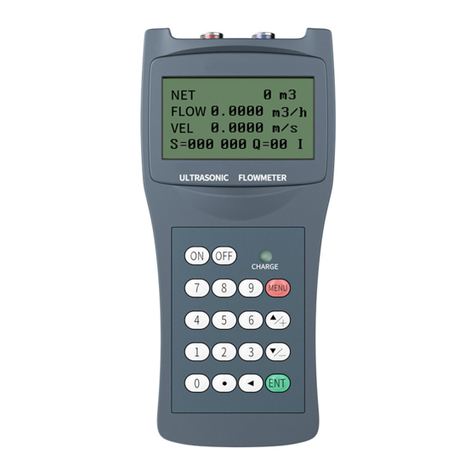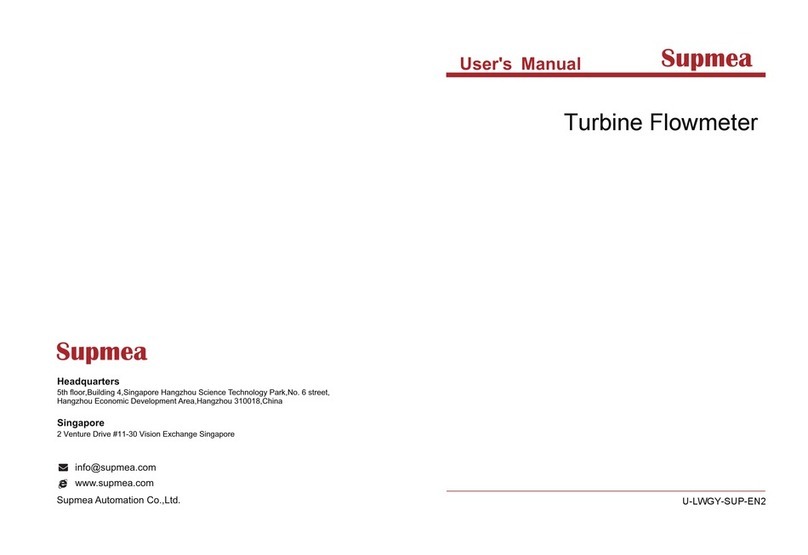SUPMEA PH-5014 User manual
Other SUPMEA Measuring Instrument manuals
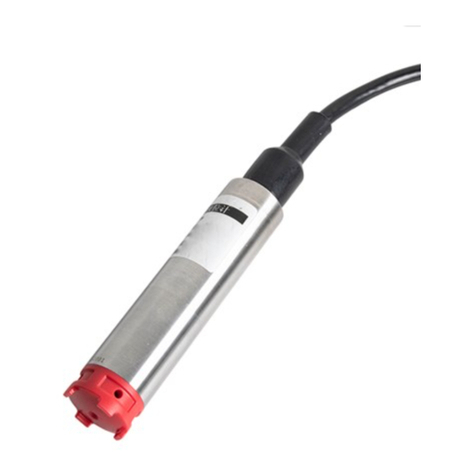
SUPMEA
SUPMEA SUP-P260-M4 User manual

SUPMEA
SUPMEA SUP-1158-J User manual

SUPMEA
SUPMEA U-0003NR-EN1 User manual
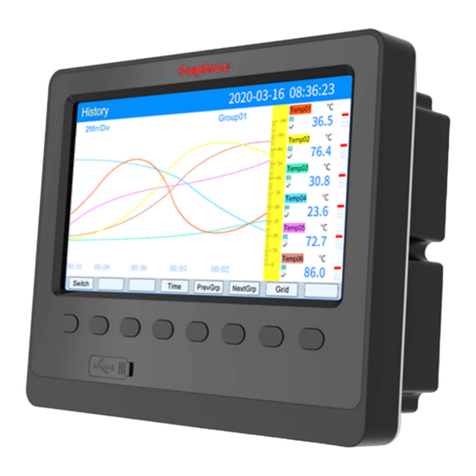
SUPMEA
SUPMEA SUP-5000C User manual
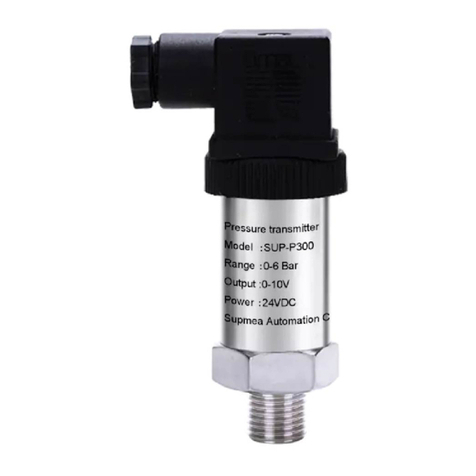
SUPMEA
SUPMEA P300 User manual

SUPMEA
SUPMEA SUP-LDG User manual

SUPMEA
SUPMEA Y290 User manual

SUPMEA
SUPMEA 6000f User manual

SUPMEA
SUPMEA SUP-1158S User manual
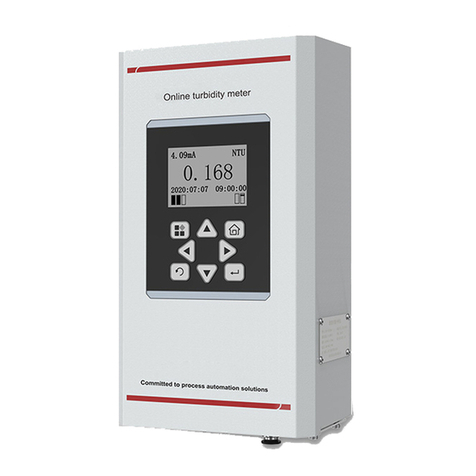
SUPMEA
SUPMEA SUP-PTU300 User manual
Popular Measuring Instrument manuals by other brands

Powerfix Profi
Powerfix Profi 278296 Operation and safety notes

Test Equipment Depot
Test Equipment Depot GVT-427B user manual

Fieldpiece
Fieldpiece ACH Operator's manual

FLYSURFER
FLYSURFER VIRON3 user manual

GMW
GMW TG uni 1 operating manual

Downeaster
Downeaster Wind & Weather Medallion Series instruction manual

Hanna Instruments
Hanna Instruments HI96725C instruction manual

Nokeval
Nokeval KMR260 quick guide

HOKUYO AUTOMATIC
HOKUYO AUTOMATIC UBG-05LN instruction manual

Fluke
Fluke 96000 Series Operator's manual

Test Products International
Test Products International SP565 user manual

General Sleep
General Sleep Zmachine Insight+ DT-200 Service manual










